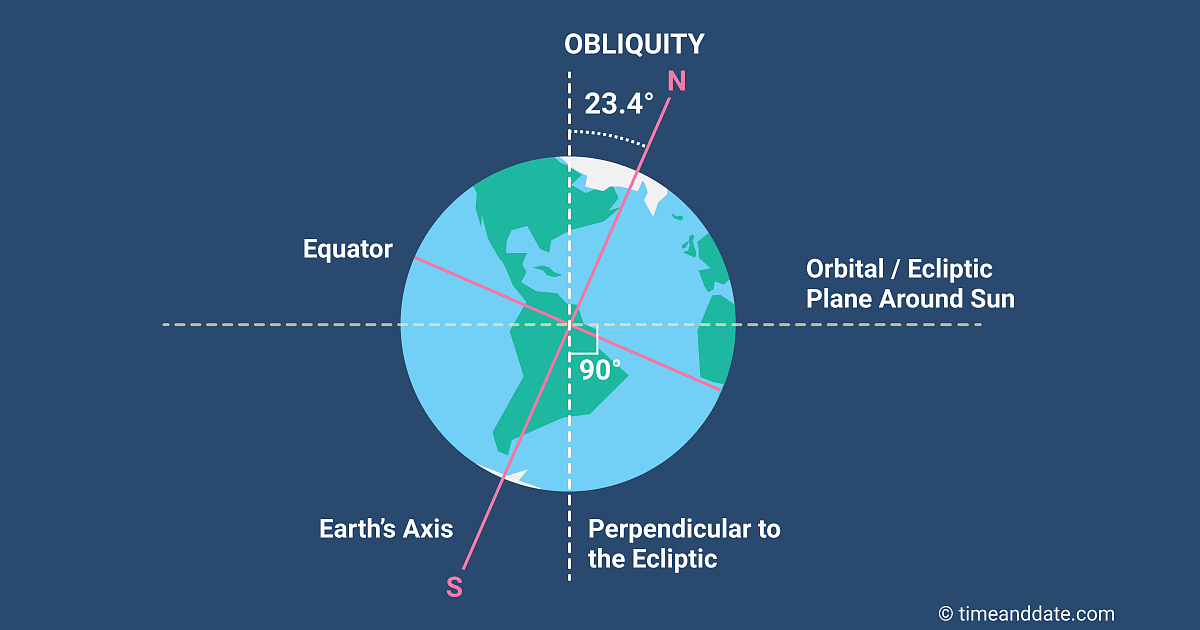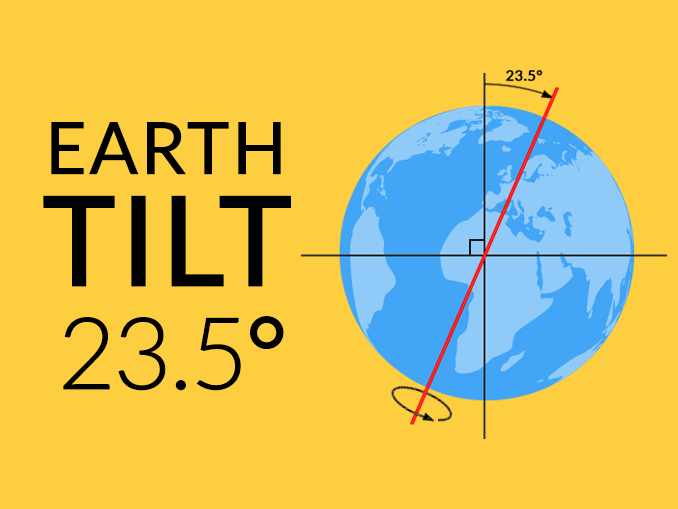Exploring Tilt And Kilt - A Look At Inclination
Have you ever stopped to notice how many things around us are not quite straight, or perhaps, they lean just a little? It's a common happening, really, something we often take for granted. This simple idea, the act of something tipping or leaning, is what we often refer to as "tilt." It pops up in so many parts of our everyday existence, from how we hold our heads to the way certain tools might work.
You see, the idea of a tilt is pretty straightforward when you think about it. It’s about a position that isn't perfectly level or upright, or the movement that gets it to that leaning spot. We might not always pay it much mind, yet this slight shift can have quite a bit of impact on how things operate or how we see the world around us, too it's almost a hidden force.
So, we're going to take a closer look at this idea of things being at an angle. We'll explore what it truly means for something to tilt, how this action or state shows up in various places, and why even a small lean can be quite significant. It’s a chance to consider a concept that, while seemingly simple, holds a lot of meaning for us, in a way, more than you might first guess.
Table of Contents
- What Does It Mean When Something Has a Tilt?
- How Does Tilt Show Up in Everyday Life?
- Can Tilt Be More Than Just a Slant?
- What About Tilt in Specific Situations?
- Why Does Understanding Tilt Matter So Much?
- How Does Tilt Help People?
- Understanding Tilt as a Word
- Looking at Tilt from a Different Angle
What Does It Mean When Something Has a Tilt?
When we talk about something having a tilt, we are really describing a situation where an object or even a part of a person's body is not sitting perfectly straight or flat. It's about causing something to have a slope or an angle. For instance, if you push on one side of a table, you might cause it to tilt, so that one end is higher than the other. This movement or position is a common part of how things interact with gravity and their surroundings, you know, in a rather simple way.
The core idea behind this word is that something moves or is held in a position that is not level. It could be a slight lean, a gentle slope, or a more pronounced angle. Think of a picture frame on a wall that isn't quite straight; it has a tilt. Or, consider a road that goes uphill; it has a slope, which is a form of tilt. It’s a very basic concept, yet it explains so much about how we observe the physical world, basically, how things are positioned.
The Core Idea Behind Tilt and Kilt
The basic meaning of tilt is to give something an inclination, or to make it lean. It means to cause something to move into a position that is sloped. When we talk about how to use this word in a sentence, we are exploring how this concept of leaning or sloping appears in our language. It describes a state of being inclined or at an angle, or the action of making something move into such a position. This core idea applies across many different situations, almost like a fundamental building block of movement.
It can also describe a departure from what would normally be a straight-up-and-down or perfectly flat position. So, if something is supposed to be perfectly upright, but it's leaning to one side, it has a tilt. Or if a surface should be flat, but one side is raised, it also has a tilt. This deviation from the usual horizontal or vertical setup is a key part of what the word conveys, so it’s a fairly broad idea.
How Does Tilt Show Up in Everyday Life?
You might be surprised at how often we encounter the idea of tilt without even realizing it. Think about everyday actions. If you are trying to get a better look at something above you, you might move your head back, which is a way of tilting it. Or, if you are trying to hear something better, you might move your head slightly to one side, which is also a tilt. These small, often unconscious, movements are perfect examples of how we use tilt in our daily interactions, you know, without much thought.
Consider a person like Mari, who might move her head back so that she could look at someone. This simple action of moving her head backward shows the word in action. It's about changing the angle of something. A nurse might have moved a patient's head or another body part, causing it to lean. These are just some ways we see the concept of tilt happening around us all the time, just a little bit here and there.
Seeing the Tilt and Kilt Around Us
The word "tilt" can mean a variety of things, but most of them have to do with something being at a slope or a slant. When you are feeling a bit unsteady, perhaps after eating a large meal, you might find yourself leaning a little as you walk away from the table. That unsteady lean is a good example of a tilt in action. It’s about moving into a position where one end or side is higher than the other. This happens quite often, really, in many different circumstances.
There are other words that share a similar idea, like "slant," "incline," "lean," "slope," and "tip." Each of these words describes a type of angle or a movement to an angle. For instance, a "slant" describes something that is set at an angle, while an "incline" often refers to an upward slope. "Lean" means to be in a position that is not straight, and "slope" is a surface that goes up or down. "Tip" often suggests a quick, slight movement to one side. These words, in their own ways, capture various shades of what it means to be at an angle, or to move into one, so they are somewhat related.
Can Tilt Be More Than Just a Slant?
Beyond simply describing a physical lean, the idea of tilt can also be used in a less direct way. It can mean to cause something to be more favorable to one side rather than another. This is a more abstract use of the word, where it's not about a physical angle but about an advantage or a bias. For example, a new rule might tilt the competition in favor of one team, meaning it gives that team an advantage. This shows how the word can extend beyond just physical movement, kind of hinting at fairness or balance.
This broader sense of the word shows how language can take a very concrete idea and apply it to more complex situations. It’s still about a deviation from a neutral or balanced position, but in this case, the balance is about fairness or outcome, rather than just physical orientation. This versatility makes the word quite useful for describing a variety of scenarios, you know, in a very adaptable way.
Beyond Simple Slopes for Tilt and Kilt
When we think about the word "tilt," it’s interesting to consider how its meaning can stretch. It's not just about a physical object leaning. It can also refer to a situation where things are arranged in a way that gives one party an edge over another. This means that the playing field, so to speak, is not level. One side has an advantage that the other does not, which is a kind of tilt. This broader sense of the word helps us describe more than just physical changes, it helps us describe imbalances, too, in some respects.
So, while the most common way we think about tilt involves something literally moving into a sloped position, or being in one, the word carries a bit more weight than that. It can suggest a leaning that affects outcomes or perceptions. This shows how a simple word can have many layers of meaning, allowing us to talk about both the physical world and more abstract concepts like fairness or advantage. It's quite a flexible word, actually.
What About Tilt in Specific Situations?
The concept of tilt also finds its way into more specialized areas, particularly in technology and engineering. For instance, in the world of optics, there's something called "Mirror Tilt Actuation." This refers to a system that includes a folded optical setup, where light enters a lens and goes through a mirror assembly that can be tilted. This tilting of mirrors is used to control how light moves through the system, which is a very precise application of the idea, you know, for specific purposes.
Another example from technology is a folded long-focus camera lens system, which was described in a patent. Such a system would use the principle of tilt to achieve its optical functions. This shows that the basic idea of causing something to lean or move at an angle is fundamental to how some sophisticated devices are put together and how they work. It’s a very practical application, really, of a simple concept.
Tilt and Kilt in Technical Settings
In technical fields, the concept of tilt takes on very specific roles. For example, in analyzing the clarity of camera lenses, scientists use something called an MTF curve diagram. This scientific way of looking at how well a lens performs explains things by looking at contrast and resolution. While the diagram itself isn't a tilt, the underlying optical systems that it evaluates often involve components that can be tilted to achieve the desired performance, so it’s a related idea.
The idea of tilting mirrors or lens elements is a very important part of making advanced optical devices work. It allows engineers to direct light precisely or to correct for certain visual effects. This shows that the simple act of causing something to have an inclination is not just for everyday observations but is a fundamental principle in the creation of complex tools and systems. It’s a rather clever use of a basic movement, actually.
Why Does Understanding Tilt Matter So Much?
Understanding what tilt means, in all its different forms, helps us better describe and interact with our physical surroundings. It gives us a way to talk about objects that aren't perfectly straight or level, and the movements that lead to those positions. Whether it's a slight lean in a building or a deliberate angle in a piece of furniture, recognizing tilt allows us to communicate about these states with greater clarity. It's a very helpful descriptive tool, you know, for daily conversations.
Beyond just describing things, knowing about tilt can also be important for practical reasons. For instance, if something is designed to be level, but it has a tilt, that might indicate a problem or a need for adjustment. In engineering, understanding how to apply tilt can be key to making things function correctly, like in the optical systems we just discussed. It's a foundational concept that supports many different kinds of activities, so it’s pretty important.
The Importance of Knowing About Tilt and Kilt
The importance of knowing about tilt extends to many areas, from simply describing how things look to understanding how complex systems operate. It helps us make sense of the world around us, allowing us to pinpoint when something is off-kilter or when it's deliberately angled for a purpose. This awareness can help us in fixing things, designing new items, or simply observing our environment with a bit more insight. It’s a rather basic piece of knowledge that has wide applications.
Being able to recognize and explain tilt means we can be more precise in our communication. Instead of just saying "it's crooked," we can explain that "it has a tilt." This precision is useful in many fields, from construction to art, where exact angles and positions matter a great deal. So, a seemingly simple word actually carries a lot of descriptive weight and practical value, more or less, in many situations.
How Does Tilt Help People?
Interestingly, the concept of "Tilt" can also refer to systems that help people. For example, there's a system named "Tilt" that makes handling time off from work much simpler. This kind of software aims to take away the difficulties often associated with managing leave requests. By providing a safe and secure way to keep track of these things, it helps businesses run more smoothly. This is a very practical way the idea of "tilt" (as a product name) supports daily operations, you know, for better management.
When employees need time away from work for important reasons, such a system can help them feel looked after and cared for. At the same time, it helps the people in charge of the company keep everything in line with the rules, without having to put in a huge amount of effort. This means that both staff and management get a lot of support during times that could otherwise be quite stressful. It’s a system that truly aims to make things easier for everyone involved, so it’s quite beneficial.
Supporting Moments with Tilt and Kilt
A system like "Tilt" shows how the idea of simplifying things can truly help people in their working lives. It helps staff feel secure when they need to step away for personal reasons, making sure they get the care they need during critical times. This kind of backing can make a big difference in how people feel about their workplace, making it a more supportive environment. It’s about making sure people feel valued, basically, when they need it most.
For the people who manage operations, such a system helps them stay on the right side of the rules without breaking a sweat. It means they can be sure that all the paperwork and procedures are handled correctly, allowing them to focus on other important tasks. This effortless adherence to guidelines is a huge benefit, making the whole process of managing time off much less of a chore. It’s a

What Causes Seasons?

Tilted Earth

Tilting Camera